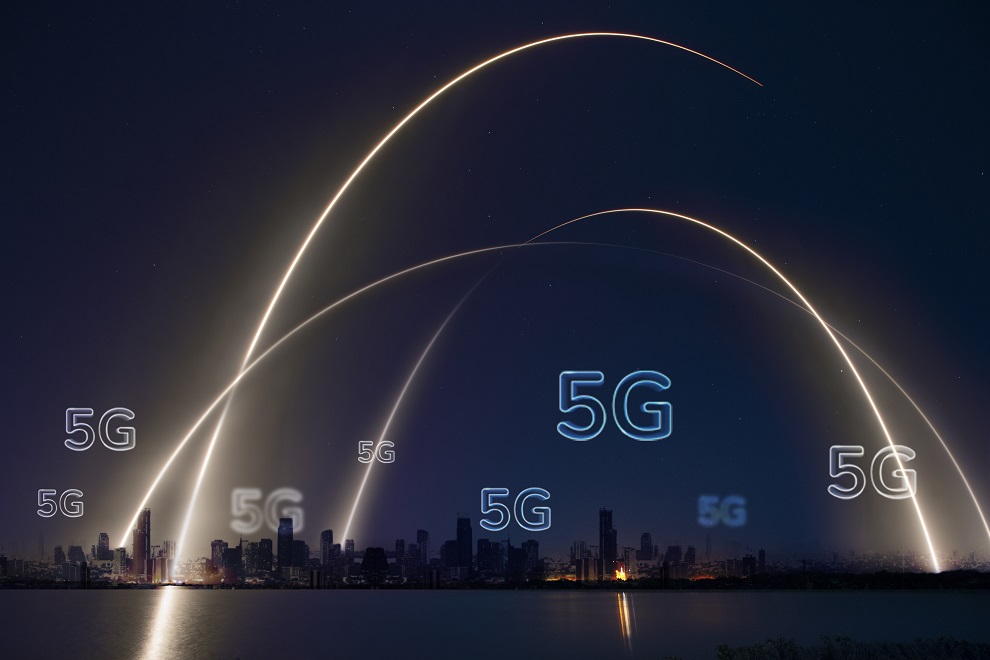5G mobile subscriptions stood at 1.7 billion at the end of 2022, accounting for 18% of total mobile subscriptions worldwide. The figure is forecast to rise to 5.5 billion, occupying a share of 48% of total mobile subscriptions by 2027, according to GlobalData, a leading data and analytics company.
GlobalData’s ‘5G – Thematic Report,’ reveals that 5G penetration will rise from 53% at the end of 2022 to 162% in the US by 2027. In Europe, it will rise from 15% to 88%; in China, from 86% to 154%; and in India, from 1% to 40% over the five-year period.
Laura Petrone, Principal Analyst, Thematic Intelligence at GlobalData, comments: “5G has not yet taken off as many network operators had hoped, and the technology still needs a strong, mass-market business-to-consumer (B2C) use case beyond fixed wireless access (FWA). Given how difficult they have found it to command a premium rate for B2C 5G services, wireless operators’ quest for propulsive consumer 5G use cases will continue. Cloud gaming, augmented reality (AR), and virtual reality (VR) are among the areas likely to be mined for opportunities.”
However, there are signs that enterprises are more willing to consider 5G as a primary access service. 5G is not yet widely available in its standalone (SA) form, which offers its full capabilities (not only higher speed but also low latency and high device densities for the Internet of Things), in most markets. Wherever it is available (e.g., in the US), there are clear signs that enterprises are warming to it.
Petrone continues: “Enterprises will increasingly look at wireless connectivity for branch offices in the more fluid hybrid work environment. Private 5G, in particular, is positioned as a complement to in-building WiFi networks that, along with edge computing, will enable real-time applications such as AR, VR, video analytics, and autonomous vehicles and robots.”
Inflation and resource shortages, two key macroeconomic trends in 2023, will likely impact 5G adoption. On the one hand, service providers remain under the combined pressures of increased wages and costs, particularly energy costs, and of delivering next-generation fixed and wireless access services, including full-fiber and 5G. On the other hand, hardware shortages, particularly chips, risk slowing 5G handset shipments and, ultimately, the pace at which consumers acquire 5G handsets.
Petrone concludes: “The US and some other countries have banned the sale and import of telecom equipment from Huawei and ZTE amid concerns over national security. Next-generation telecom standards, including 5G and 6G, will play an increasingly dominant role in the ongoing battle for tech supremacy being waged between the US and China.”












